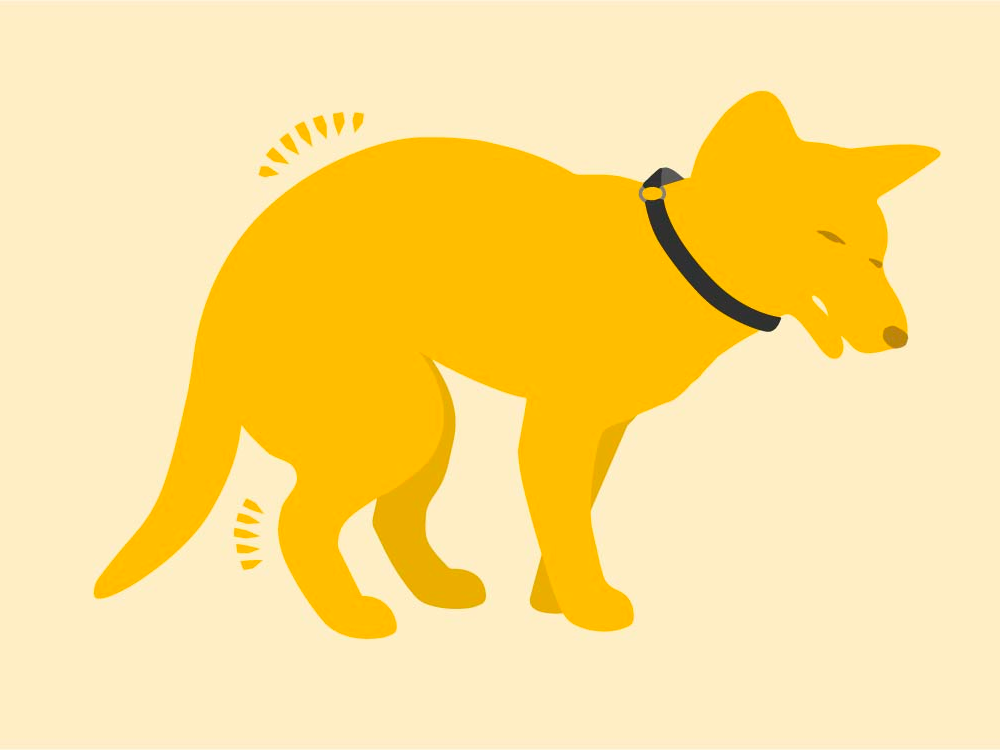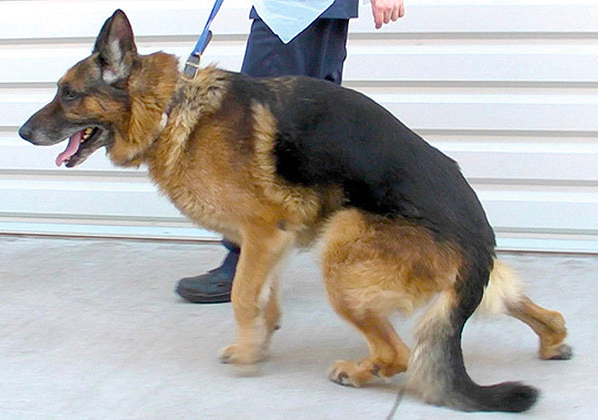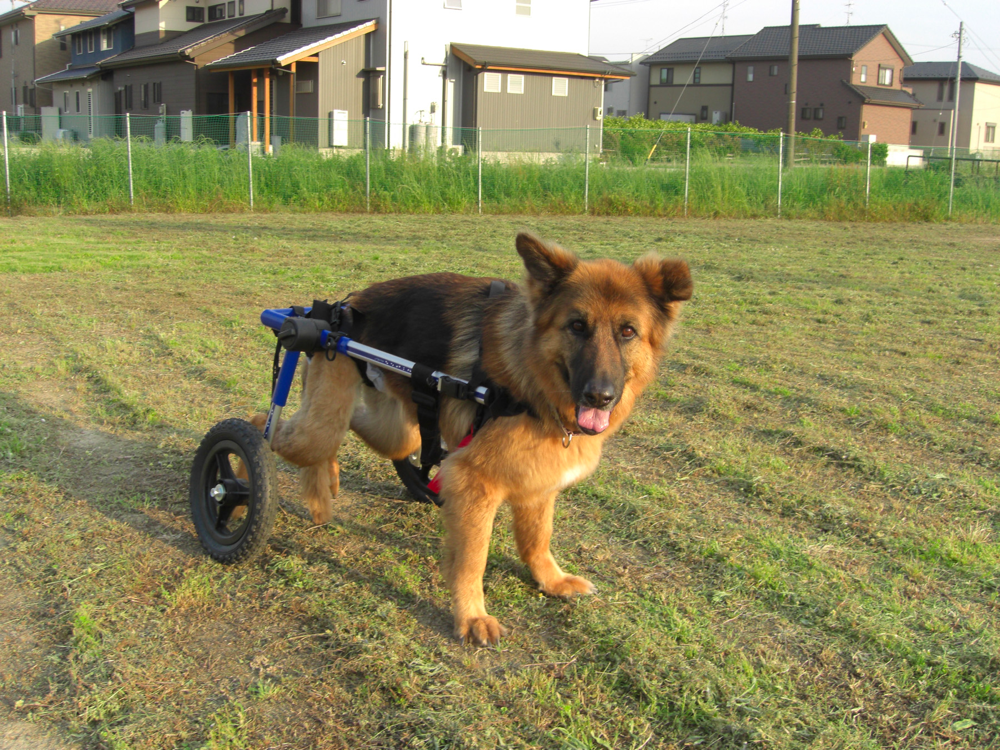Contents
Degenerative Myelopathy (DM) paralyzes – it is a chronic disease of the spinal cord. As a progressive disease, it not only paralyzes the hind limbs but also causes incontinence. Old German Shepherd dogs are in a greater chance of getting affected by this immune-mediated, neurogenetic disorder. There is no gender bias since this disease affects both males and females. Rare is the instance of young German Shepherds suffering the ordeal. Other breeds of dogs suffering from this spinal cord disease are Old English Sheepdogs, Belgian Sheepdogs, Chesapeake Bay Retrievers, Weimaraners, Rhodesian Ridgebacks, Lab, and Great Pyrenees.
Causes of Degenerative Myelopathy

The disease Degenerative Myelopathy is of an unknown origin. It is traced to the slow disintegration of the myelin sheath – which is a protective, insulating tissue that envelops spinal neurons. As these tissues and the axons (nerve fibers underlying) deteriorate, the communication signal between the spine and the brain gets snapped off. In absence of nerve signals dog muscles fail to work and hence they start weakening and become paralytic with time.
It is an auto-immune disease – which means that the immune system starts attacking its own cells. In the case of DM, it is the CNS or Central Nervous System. The disintegration of the insulating myelin sheath is at its worst in the thoracolumbar area of the spinal cord.
Signs and Symptoms of Degenerative Myelopathy

Weakness of hind limbs is followed by lameness, incomplete paralysis (paresis), and eventual paralysis. This entire degenerative process takes a few months to one year for the full development of pelvic paralysis. The clinical signs start appearing gradually but the condition worsens as time progresses. In fact, DM causes ataxia, which is the scientific name for lack of muscle coordination. Another prominent sign of DM is incontinence, which is both urinal and fecal – in later stages of the disease the affected dog involuntarily leaks out urine and is unable to control bowel movement.
Some more clinical signs of the disease are:
- Dragging/ scrapping of rear paws
- Knuckling over rear toes
- Crossing of rear legs
- Wearing of toenails
- Spastic gait
- Spinal ataxia
- Difficulty in walking and other physical activities
- Difficulty in balance
- Muscle atrophy resulting from disuse of the hind limbs
- Hoarseness in bark
- Interestingly enough, one key characteristic of DM is the prominent absence of localized spinal cord pain!
Early Diagnosis Can Delay the Degenerative Process A prompt diagnosis can initiate the process of effective treatment for delaying the advancement of paralysis. The veterinary experts recommend blood tests (including blood count as well as serum chemistry panel) and urinalysis. A chest radiograph to detect metastatic neoplasia is the other diagnostic test. Even cerebrospinal fluid (Lumbar CSF) is taken into account to assess the increased protein level. Electromyogram is another clinical test that assesses spinal cord stimulation.
Get the Proper Treatment for Degenerative Myelopathy

There aren’t any effective drugs that can stop or slow down Canine Degenerative Myelopathy. Omega-3 fatty acid supplementation and vitamins are also included in medical therapy. But perhaps the best treatment is supportive care. Soft bedding should be provided for comfortable sleep and particular care should be taken to keep nasty infections at bay that might arise with incontinence. The body hair, especially on the rear side, should be trimmed to check for secondary infections. Flea protection is required and dogs with DM should be administered heartworm medications. Needless to say, hygiene is a must for DM dogs.
Controlled exercise is a must to prevent muscle atrophy. Hydrotherapy or swimming exercises are good options too. Pet owners need to keep a strict watch on their dog’s diet – weight gain should be avoided. Homemade food is ideal in this regard.
Wheel carts and slings can be considered as long as the dog is in a position to move the frontal limbs with ease. A wheelchair is definitely the best option for pets who have lost mobility. Hence it is evident that a good deal of nursing care is required for treating dogs detected with DM.
It is rather sad that the long-term prognosis for dogs is slim for Canine Degenerative Myelopathy. Once hind limbs get paralyzed the disease progresses towards forelimb paralysis and subsequently to brain stem failure. It causes many other hazards within the body – the probable complications are kidney, heart, and lung failure. The chances of a dog surviving beyond a couple of years of treatment are extremely slim for DM-affected dogs.
In GSD it has been seen that the combined effect of exercise, vitamins, and specific drugs, along with controlled swimming exercises have delayed the progression of the disease.

 Gastric Dilatation Volvulus – Bloat in German Shepherd Dogs
Gastric Dilatation Volvulus – Bloat in German Shepherd Dogs